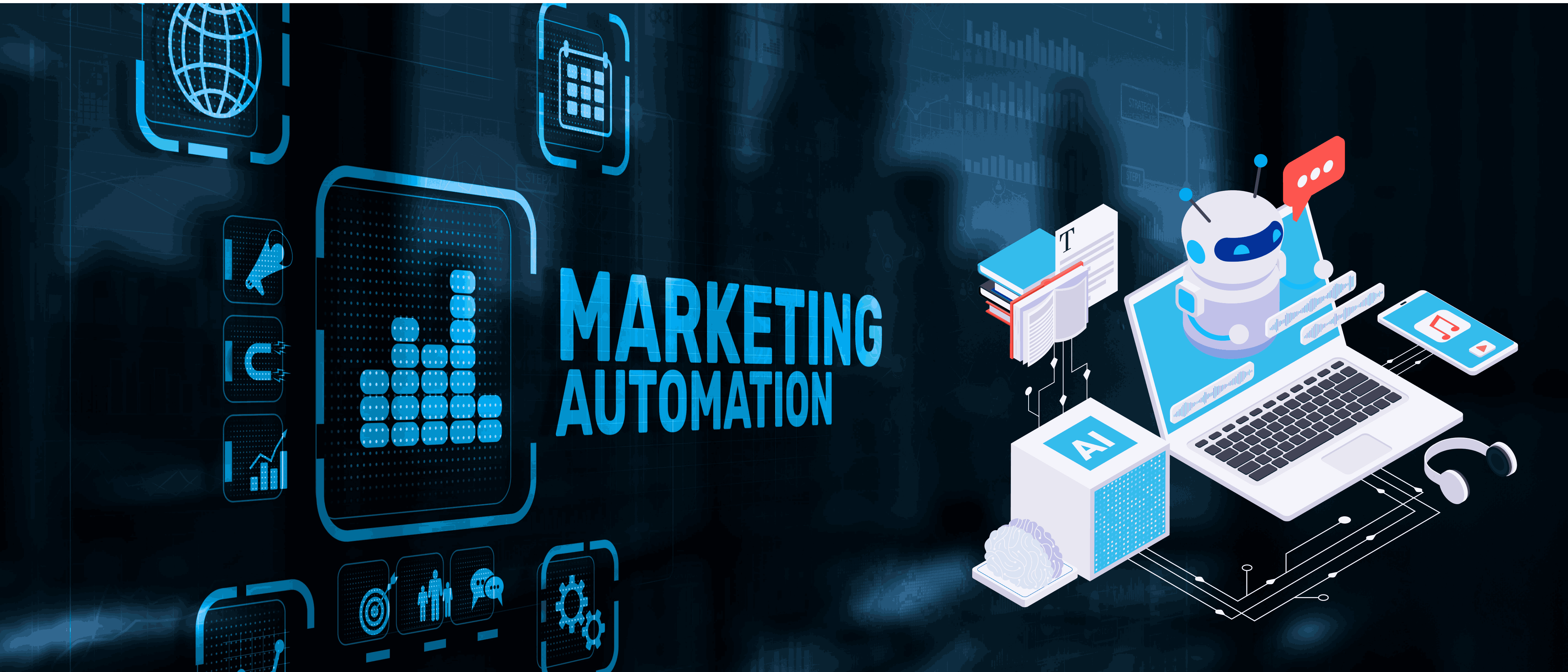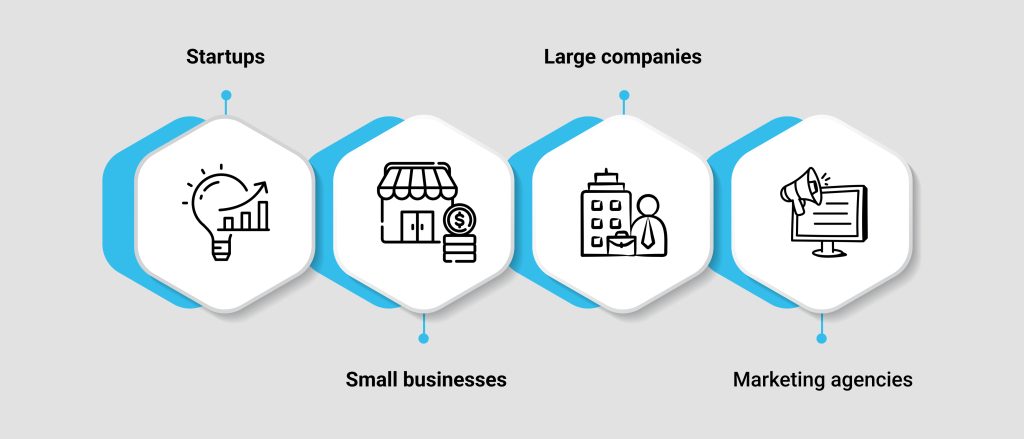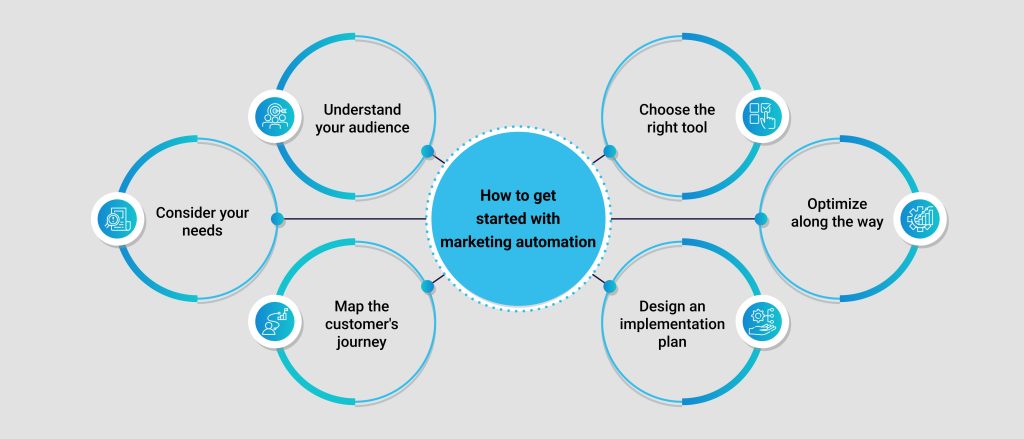
You’ve probably heard that marketing automation can really help take your business to the next level and make your marketing efforts more effective. If you’re considering using it but aren’t sure where to start, let’s break it down.
What is marketing automation?
In essence, marketing automation is the use of software to automate repetitive marketing tasks. This includes activities like email marketing, social media posting, and lead nurturing. By automating these tasks, businesses can give their marketing teams more time to focus on strategic initiatives.
How does it work?
It uses software and technology to simplify marketing tasks. It involves setting up workflows that automatically trigger actions based on certain conditions or criteria.
For instance, you could set up a workflow to automatically send a welcome email to someone who just subscribed or follow up with a lead who has downloaded some content.
With this automation, software can track the actions of leads and customers, offering valuable insights. These insights, as a result, allow you to fine-tune and improve your marketing campaigns.
Benefits of marketing automation
There are many advantages to incorporating this automation into your strategy. Now, let’s take a closer look at some of the key benefits:
-
Focus on strategy:
By automating repetitive tasks, marketing teams can free up time to focus on refining their overall strategy. As a result, they can create more effective campaigns, which ultimately leads to a better return on investment. - Generate more leads: This automation makes it easier for businesses to get more leads by automating the process of capturing and nurturing them. For instance, automated lead capture forms can be used to collect information from website visitors, while automated lead nurturing campaigns can be used to nurture those leads into customers.
- Improve your lead nurturing efforts: By sending personalized and timely messages, this automation nurtures leads and smoothly guides them through the sales funnel. As a result, this targeted approach not only deepens relationships but also enhances the chances of converting leads into loyal customers.
- Increase revenue: In the long run, these benefits work together to drive increased revenue. By improving efficiency, generating more leads, and nurturing them effectively, businesses can drive more sales and boost their bottom line.
Who needs marketing automation?

Businesses of all sizes can really benefit from this powerful tool. It helps streamline processes, improve efficiency, and drive better results, no matter how big or small the company is.
-
Startups:
Startups can use this automation to streamline their marketing efforts and get the most out of their limited resources. - Small businesses: For small businesses, this automation provides an opportunity to compete with larger companies by simplifying tasks that are often time-consuming and costly. As a result, it helps level the playing field, allowing smaller businesses to work more efficiently and effectively.
- Large companies: Automation helps large companies boost efficiency and scale their efforts more effectively.
- Marketing agencies: Marketing agencies can use automation to manage multiple client campaigns more effectively.
How to get started with marketing automation

Starting your automation journey involves a series of key steps:
-
Consider your needs:
Before selecting this automation tool, it's important to consider your specific needs and goals. What tasks do you want to automate? What features are important to you? - Understand your audience: To create effective marketing campaigns, you must first understand your target audience. What are their pain points? What are their interests?
- Map the customer's journey: Once you understand your audience, you can then map out the customer's journey. This will help you pinpoint the key touchpoints where you can leverage this automation to better engage with your customers.
- Choose the right tool: With so many automation tools out there, it's essential to choose one that fits your needs and budget. Consider factors like the features, ease of use, and how well it integrates with your current software.
- Design and implementation plan: To successfully implement this automation, it's important to have a clear plan that outlines the steps, timeline, and resources needed for effective execution.
- Optimize along the way: Automation for marketing is a continuous process. It's important to regularly review and update your campaigns to make sure they’re working as effectively as possible.
When to invest in marketing automation?
The ideal time to invest is when your business is ready to scale its marketing efforts. If you’re finding it difficult to keep up with the demands of manual marketing tasks, or if you’re looking to improve the efficiency and effectiveness of your campaigns, then this automation may be the right solution for you.
Final Thoughts
To get started, think about what you need and what you want to achieve. It can help any business save time, generate more leads, and build better relationships with those leads.
First, understand your audience and map their journey to choose the right tool. Once you’ve selected a solution, take your time with the implementation, starting with the basic features.
Keep learning as you go. If you have questions or need help, Arissa is here to support you through the process.